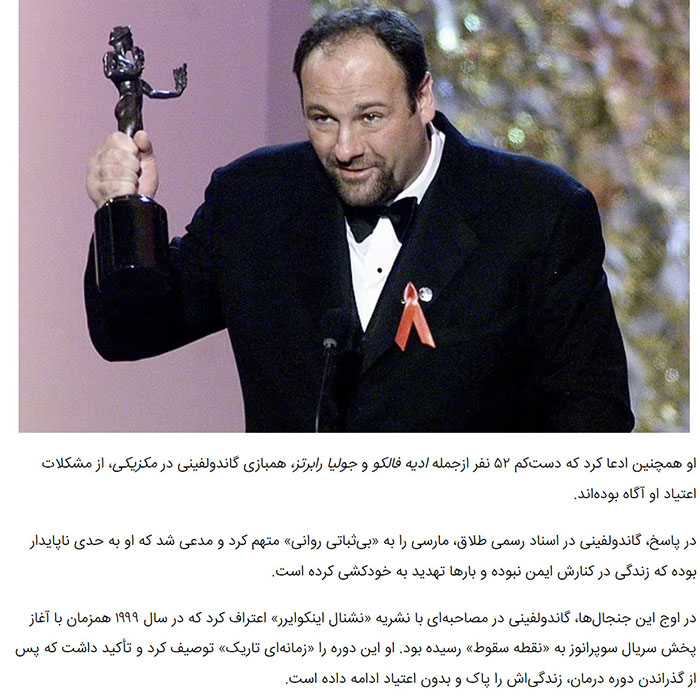James Gandolfini: Unveiling the Dark Reality Behind Tony Soprano

The Cultural Impact of “The Sopranos”
“The Sopranos” not only solidified James Gandolfini’s place in television history but also revolutionized the medium as a whole. Premiering in 1999, the series delved into the complexities of mob life through the lens of family dynamics, mental health, and identity. It was unprecedented in its exploration of a protagonist who was both a criminal and a family man, allowing viewers to empathize with and root for a character who engaged in morally questionable behavior.
Redefining Television Drama
Gandolfini’s portrayal of Tony Soprano served as a catalyst for the evolution of television narratives. His layered performance blurred traditional genre lines, paving the way for future television antiheroes. Shows that followed, like “Breaking Bad,” “Mad Men,” and “Fargo,” owe much to the path “The Sopranos” forged. They embraced complex characters, serialized storytelling, and a willingness to explore darker themes.
Critics have noted that Gandolfini’s ability to embody the duality of Tony—the ruthless mob boss and the frightened man grappling with anxiety—was key to the show’s success. This duality resonated with audiences and encouraged a greater level of emotional engagement with characters that defied conventional portrayals. The show was not merely about crime; it was an intimate character study revolving around the struggles of fatherhood, marriage, and personal demons.
April 27, 2025 | 8:45 am



